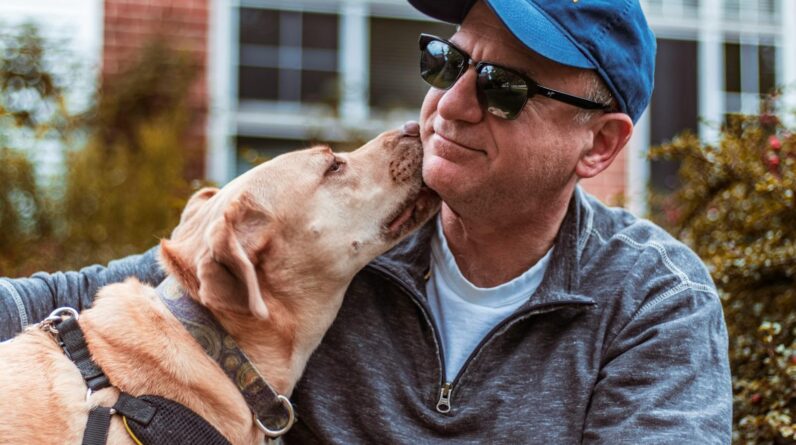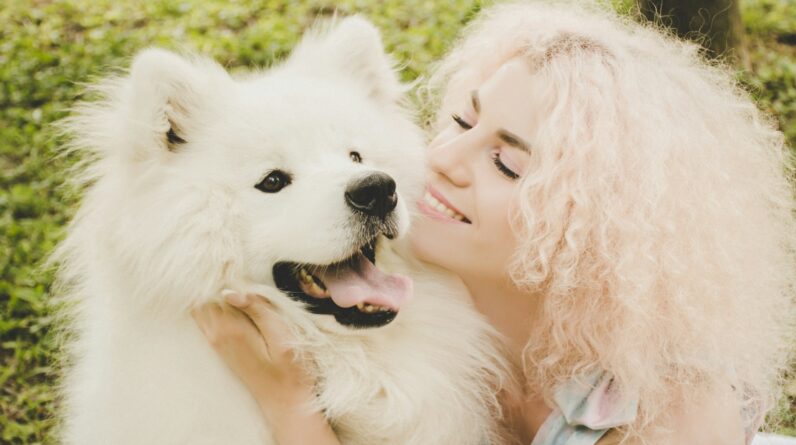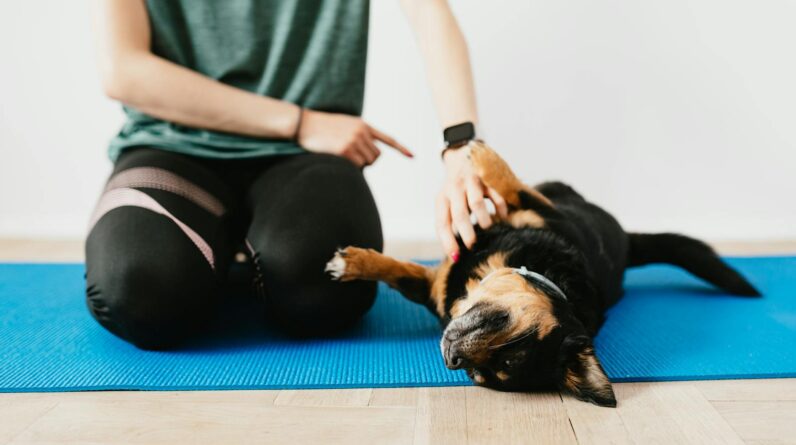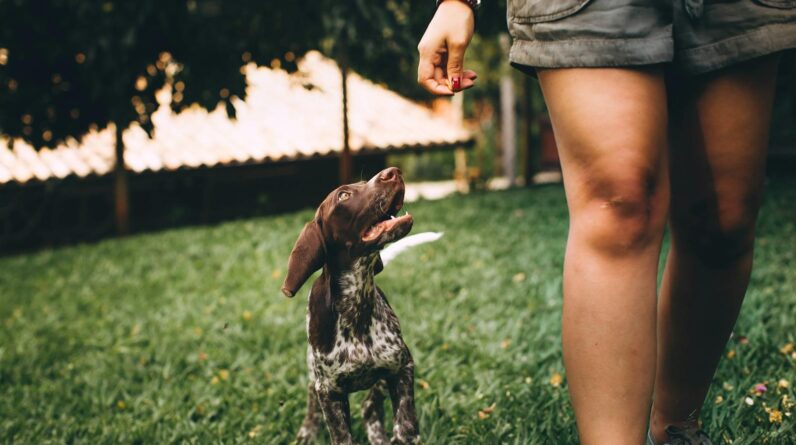
Ready for a Paddle? How to Teach Your Dog to Swim!
Hey there! Have you ever wanted your furry best friend to learn how to swim with you? Some dogs can’t wait to jump in the water, while others might look at the pool like it’s a giant bath they want to avoid. But just like kids learn to splash and swim, dogs can learn too! Let’s dive into how you can get your pup swimming.
Is Your Dog Ready?
Before you start, look at your dog. Some dogs are made for the water, like retrievers and spaniels. But breeds with short legs and flat faces might find swimming tough. If your dog loves baths or playing with the hose, there’s a good chance they might like swimming. But if they run away at the sight of water, you’ll need to be extra nice and patient.
Get the Right Gear
Just like you need swim trunks, your dog needs the right gear too. A life jacket for dogs can help them float and feel safe. Make sure it fits snugly but doesn’t make your pup uncomfortable. Also, bring their favorite toy that floats to make it fun!
Choose the Right Spot
Find a quiet, shallow spot to start. A place where the water doesn’t get deep too fast is perfect. Lakes or pools with a gentle slope work great. Avoid waves and currents because they can scare your buddy or make it hard for them to swim.
Take It Slow
Start by just walking around the edge of the water. Let your dog sniff around and get used to the place. Then, step in just a little bit and see if they follow. Give them lots of pets and happy talk. Make it seem like it’s the best place ever!
Time to Get Wet
After your dog seems cool with the water, go in a little deeper. Hold them gently under their belly if they seem nervous. Walk backwards in the water, calling them to you. If they need help, that’s what the life jacket is for – it has a handle to hold onto.
Teach Paddling
If they start to paddle with their legs, that’s awesome! They’re getting it! Keep them close and support them. If they just freeze or try to leap out of the water, it’s okay. Go back to where it’s shallow and try again later.
Use their Favorite Toy
If your dog loves a certain toy, use that to encourage them. Toss the toy a little bit away in the water and see if they paddle towards it. Don’t throw it too far, though. You want to make sure it’s an easy swim.
Practice Makes Perfect
Just like you didn’t learn to swim in one day, your dog won’t either. Take your time and keep practice sessions short and happy. Maybe 10 minutes to start. Always end on a good note, so your dog keeps liking it. If they start to get tired or scared, it’s time to stop for the day.
Stay Close and Be Ready
Never leave your dog alone in the water. Accidents can happen in a blink. Stay with them, ready to scoop them up if they need it. You’re their lifeguard, and they trust you to keep them safe.
Keep It Clean
After swimming, rinse your dog off with clean water. Chlorine from pools or yucky stuff from lakes can make their coat nasty or make them itchy. Give them a good rinse and dry them with a towel so they stay happy and healthy.
And that’s pretty much it! Remember, every dog is different. Some might leap into the water and swim like a fish right away. Others might just not be into it, and that’s fine too. The most important thing is that your dog feels safe and has fun. This means lots of love, treats, and patience from you. Happy swimming, pals!
Is it easy to teach any dog to swim?
Just like people, dogs learn at their own pace. Some breeds take to water naturally, while others may be apprehensive. It’s key to stay patient and positive. Ensure you introduce your dog to water gradually, making them feel safe and secure at all times.
Remember, never force your dog into the water. This could cause fear and long-term aversion. Start with shallow, calm waters. Let them explore and get their paws wet first. They’ll paddle instinctively when they’re ready, but always be there to support and encourage them.
What’s the best age to start teaching my dog to swim?
The earlier, the better! Puppies are generally more adaptable and open to new experiences. Start introducing your pup to water when they’re about 8 to 16 weeks old. Always make sure it’s a controlled and safe environment, like a shallow kiddie pool.
Older dogs can learn too, but it might take more time and patience. Always check with your vet before you start, especially if your dog is older or has health concerns. Take it slow, and never rush the process. Let them learn to enjoy water at their own pace.
What safety precautions should I take when teaching my dog to swim?
Safety comes first! Always keep your dog in a life jacket designed for pets, especially when they’re still learning. This helps keep them buoyant and provides you something to grab if they need a quick lift. Choose quiet swimming spots with no strong currents or boats nearby.
Never leave your dog unattended near water, even if they’re a good swimmer. It’s also smart to rinse your dog off after swimming to remove chlorine, salt, or debris that might irritate their skin. Lastly, keep an eye on their energy levels to prevent exhaustion.
How do I get my dog to enjoy swimming if they seem scared?
Fear is normal at first. Start by associating water with fun. Play with their favorite toys near water, give lots of praise, and offer treats when they interact with the water. A positive experience is crucial for building water confidence.
Consider getting in the water yourself and show them it’s safe. Let them come to you. Be a source of comfort and security, showing them there’s nothing to fear. Gradual exposure is key, so they don’t get overwhelmed. With time and positive reinforcement, most dogs begin to relax and even enjoy swimming.
Can swim lessons help if I’m struggling to teach my dog?
Absolutely! Swim lessons from a professional can be very helpful, especially if your dog is nervous or you’re unsure how to proceed. Trainers can offer step-by-step guidance tailored to your dog’s personality and comfort level, ensuring a positive learning experience.
Plus, trainers can spot and correct any issues early on, like poor swimming form or anxiety triggers. They’ll provide handy tips and support to continue the training at home. Constant supervision and proper technique are crucial, and a professional can really make a difference.
Key Takeaways
- Start by getting your dog comfortable with water — splash around together in shallow water and make it a fun experience.
- Use a dog life jacket for safety and confidence, especially if your pooch is new to swimming or seems nervous.
- Choose calm, clean water for initial swimming lessons to avoid overwhelming your dog with waves or pollution.
- Teach your dog to enter and exit the water gradually; use treats or toys as encouragement to swim towards you.
- Always supervise your dog closely during swimming sessions to ensure safety and provide immediate assistance if needed.
- Keep sessions short and sweet to prevent exhaustion; swimming uses a lot of energy, and dogs can tire quickly.
- Praise your dog often and give rewards for progress to reinforce positive associations with swimming.
- Be patient and never force your dog to swim; go at their pace and build confidence over time.
- Consider professional swimming lessons if your dog struggles or if you’re not confident teaching them to swim yourself.
- Consistency is key — regular visits to the water will help your dog become a stronger and more confident swimmer.
Final Thoughts
Alright, so we’ve tackled the wet and wild journey of teaching your furry pal to swim. It’s all about baby steps, right? Start shallow, keep it short, and always, always cheer them on. Remember, safety first – never skip the life vest. And treats? Total game-changers. They’re not just dogs, they’re swimming champions in the making.
Keep those paws paddling with plenty of practice and patience. Bonding time? Check. Exercise? Check. Fun? Double check. But watch their energy. Tired pups are a no-go for water play. And clean and dry them afterwards – nobody likes a soggy, smelly doggo.
That’s the lowdown on swim lessons with your four-legged swim star. Enjoy splashing around and making a splash in your dog’s health and happiness. Keep it cool, keep it safe, and let the good times roll, or swim, in this case.







